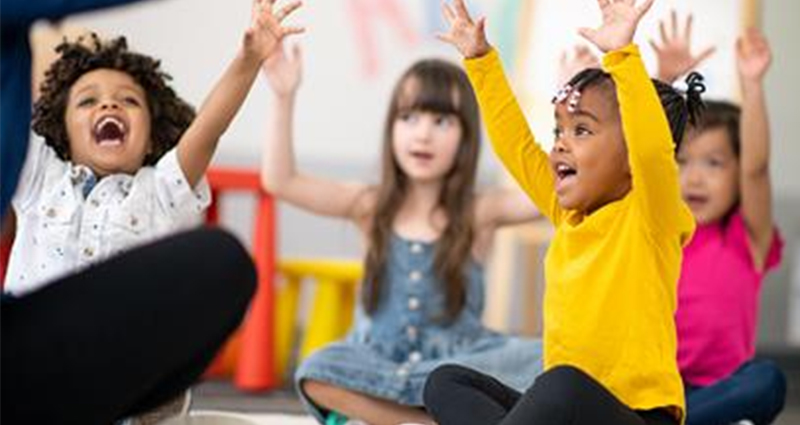Physical and social Development of Children at Learning Yard Pre-School
Preschool-aged children’s style of thinking and learning can best be described as “what you see is what you get,” or reasoning based on the way things look. Pre-schoolers rely heavily on the literal appearance of things as a means of understanding the world around them. Learning Yard pre-school helps the child in Physical Development of the children by adopting physical activities like: –
- Gaining strength and coordination
- Increasing control of hands and use of fingers
- Laces shoes
- Buttons and zips clothes
- Kicks/bounces/catches a ball
- Hammers nails
- Dresses self and ties shoes
- Uses toilet independently
- Paints and draws
- Cuts with scissors
- Threads beads
- Jumps/hops/skips
These type of activities help the children to develop physical coordination skills and help to improve hand-eye coordination, and fine and gross motor skills.
During your child’s preschool-age years, they’ll discover a lot about themselves
Once they reach age three, your child will be much less selfish than they were before. They’ll also be less dependent on you, a sign that their own sense of identity is stronger and more secure. Now they’ll actually play with other children, interacting instead of just playing side by side. In the process, they’ll recognize that not everyone thinks exactly as they do and that each of their playmates has many unique qualities, some attractive and some not. You’ll also find your child drifting toward certain kids to become social and Learning yard provide a comfortable environment for kids so that children become more confident and starting to develop friendships with them. As they create these friendships, children discover that they, too, each have special qualities that make them likable—a revelation that gives a vital boost to self-esteem.
There’s some more good news about your child’s development at this age: As they become more aware of and sensitive to the feelings and actions of others, they’ll gradually stop competing and will learn to cooperate when playing with her friends. They take turns and share toys in small groups, though sometimes they won’t. But instead of grabbing, whining, or screaming for something, they’ll actually ask politely much of the time. You can look forward to less aggressive behaviour and calmer play sessions. Three-year-olds are able to work out solutions to disputes by taking turns or trading toys.
